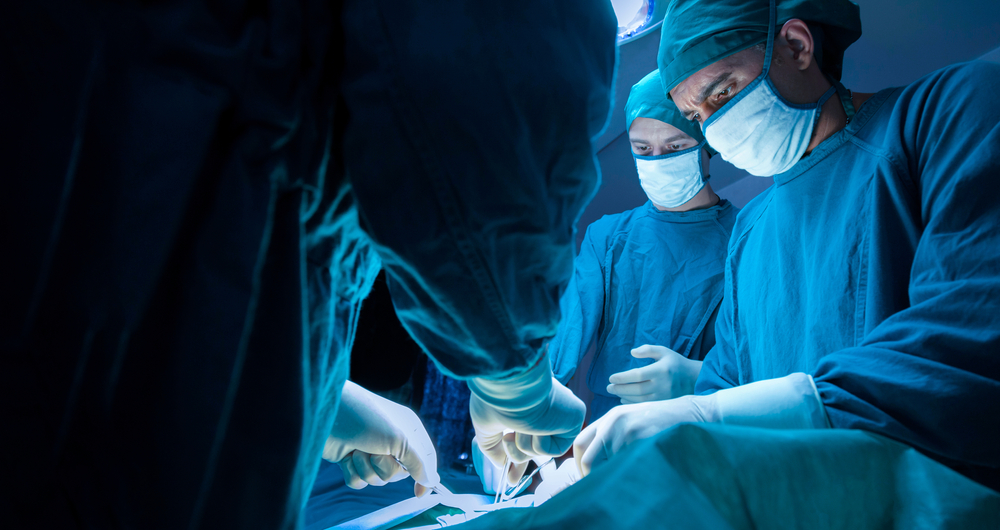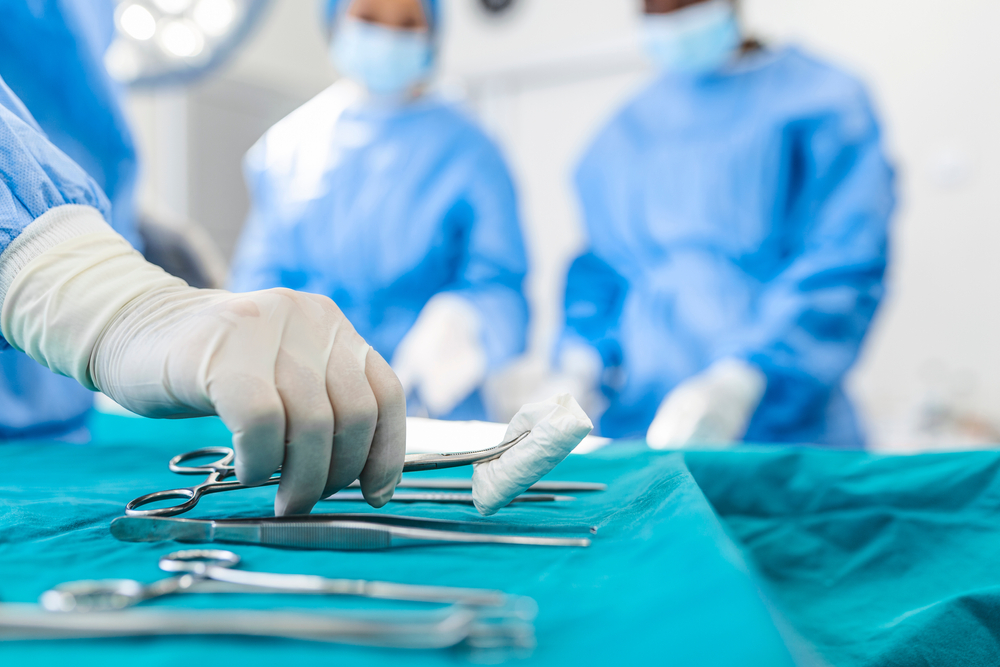Capsule endoscopy is a medical process that is used to examine the small intestine. During this diagnostic test, the patient is asked to swallow a capsule that has an inbuilt camera. This camera captu.....
Capsule endoscopy is a medical process that is used to examine the small intestine. During this diagnostic test, the patient is asked to swallow a capsule that has an inbuilt camera. This camera captures endless pictures of the digestive organs, which are displayed on the computer screen.
-
Steps to take before Capsule Endoscopy
You will be asked to stop drinking, eating, or consume certain medications 12 hours prior to the surgery. The surgeon at Medanta might also advise you not to do any strenuous exercise.

-
What happens during Capsule Endoscopy?
The technician will attach a sensor to your chest, which will be connected to the data recorder that you will be wearing on a belt around your waist. You will then be asked to swallow a vitamin-sized capsule. The capsule contains a small camera and as it travels through your body, it captures various images. These images are sent to the data recorder and the doctor retrieves all images. Later, during urination, the capsule can be flushed.

-
After Capsule Endoscopy
You can resume drinking and eating after a few hours of the procedure. But, if you do not see the capsule flushed out within 2 weeks from the procedure, seek help of our doctors at Medanta.

This revolutionary technique has made the examination of our internal organs extremely convenient. However, this technique has a few risks and limitations.

The advantages of Capsule Endoscopy Treatment procedure are:
- It is painless and non-invasive.
- The patient will not be required to stay in the hospital post procedure.
- The process provides pictures of the entire small intestine, and therefore it is useful in finding the sources of bleeding.

The risks associated with the Capsule Endoscopy Treatment procedure are:
The capsule sometimes stays inside our digestive tract and leads to pressure on the bowel. However, this risk is more troubling for patients who have a tumour or an existing blockage in the digestive tract. If bowel obstruction persists, it has to be surgically removed by the doctor, later.

The limitations of Capsule Endoscopy Treatment procedure are:
There is a serious limitation of blurred images during the rapid transmit. Since thousands of images are produced simultaneously, some abnormalities may go unnoticed. If there is any existing blockage in the small intestine, then there is a risk of surgery. It can be a time-consuming procedure.

